Sign Language Game SignTown as Educational ToolElementary school students experience sign language and Deaf culture
The SignTown game for teaching sign language, jointly developed by The Nippon Foundation and the Chinese University of Hong Kong in collaboration with Google and Kwansei Gakuin University, was released in a beta version in May 2021 followed by the full version in September. Using information and communications technology and artificial intelligence, SignTown offers a gateway to Deaf culture as an easy and enjoyable way to experience sign language for the first time, with the ability to recognize hand gestures, various body movements like leaning forward, and facial expressions using a conventional two-dimensional camera attached to a personal computer.
On October 29, Wakamatsu Elementary School in Fuchu, Tokyo, held an event for roughly 110 fourth-grade students using SignTown as a way to teach sign language, and through this experience, to encourage the children to accept diversity and foster mutual understanding.
The Nippon Foundation aims to use SignTown as a way to increase the number of people who are able to carry on simple conversations using sign language, with the hope that this will encourage people to become sign language interpreters in the future, laying a foundation to support broader social participation by Deaf persons.
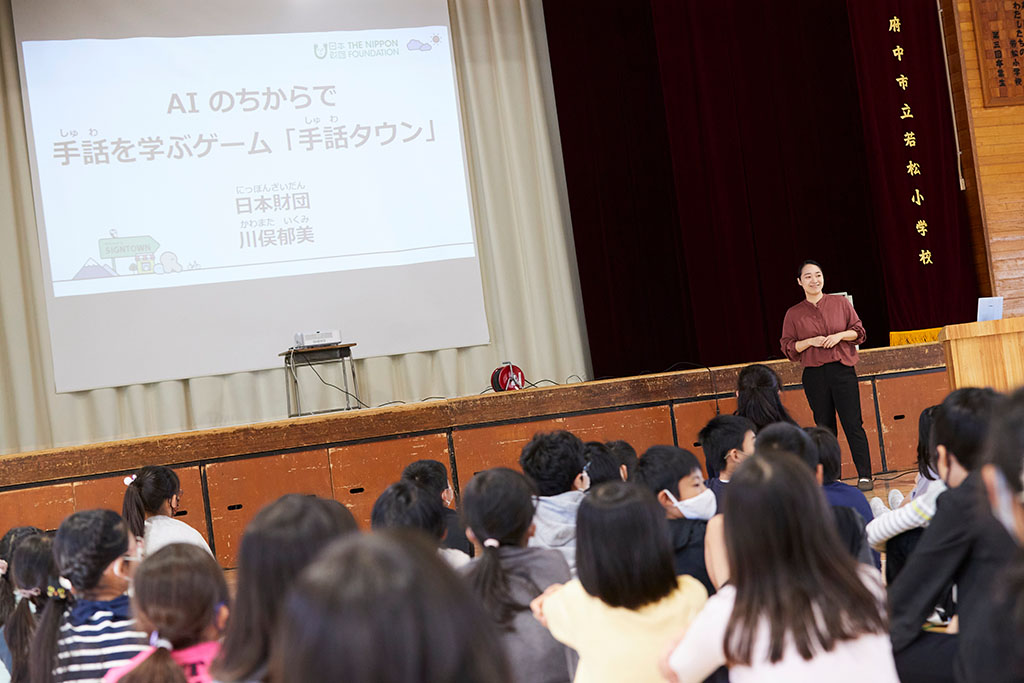
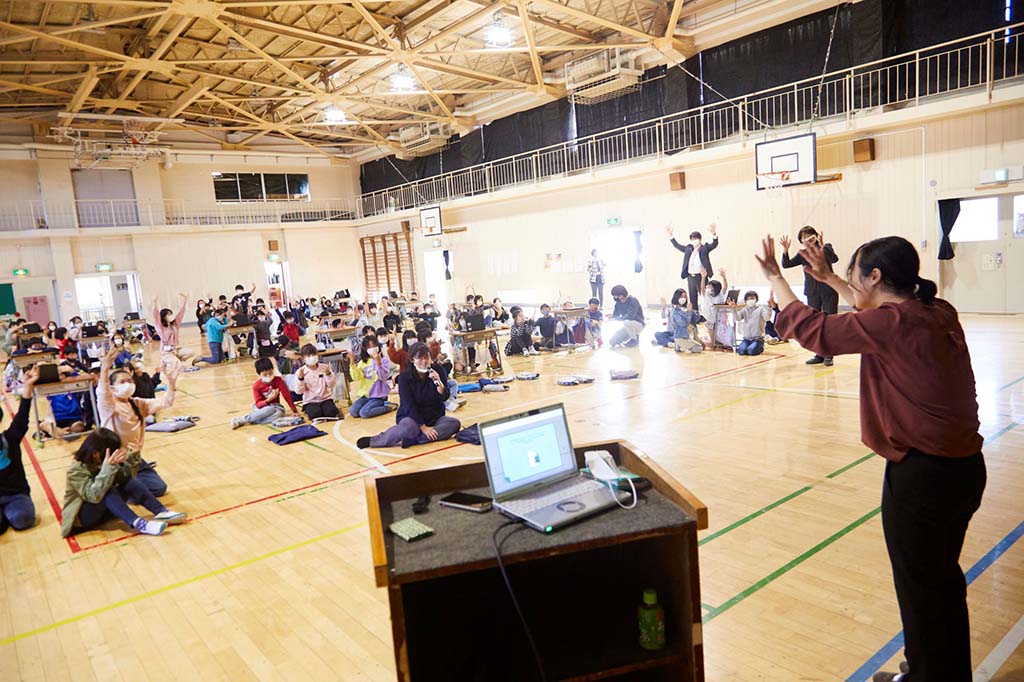
Introduction to sign language and hearing loss
During the fifth period, Ikumi Kawamata of The Nippon Foundation, who is Deaf and uses sign language as her first language, introduced SignTown and gave an explanation of hearing loss. Asking the students if they knew the percentage of people around the world with hearing loss, students guessed “1 in 50?” and “1 in 1,000,” and were surprised to learn that the correct answer is actually in 1 in 20. Ms. Kawamata went on to explain that of these people, roughly 1 in 100 use sign language, and expressed her hope that SignTown would become popular and lead to more people becoming familiar with sign language. This was followed by a lively question and answer session, with students asking questions like how long someone needed to study to be able to converse in sign language, and why sign language gestures are accompanied by facial expressions. Students continued to ask questions during the break between periods, showing a high level of interest as she answered their questions.
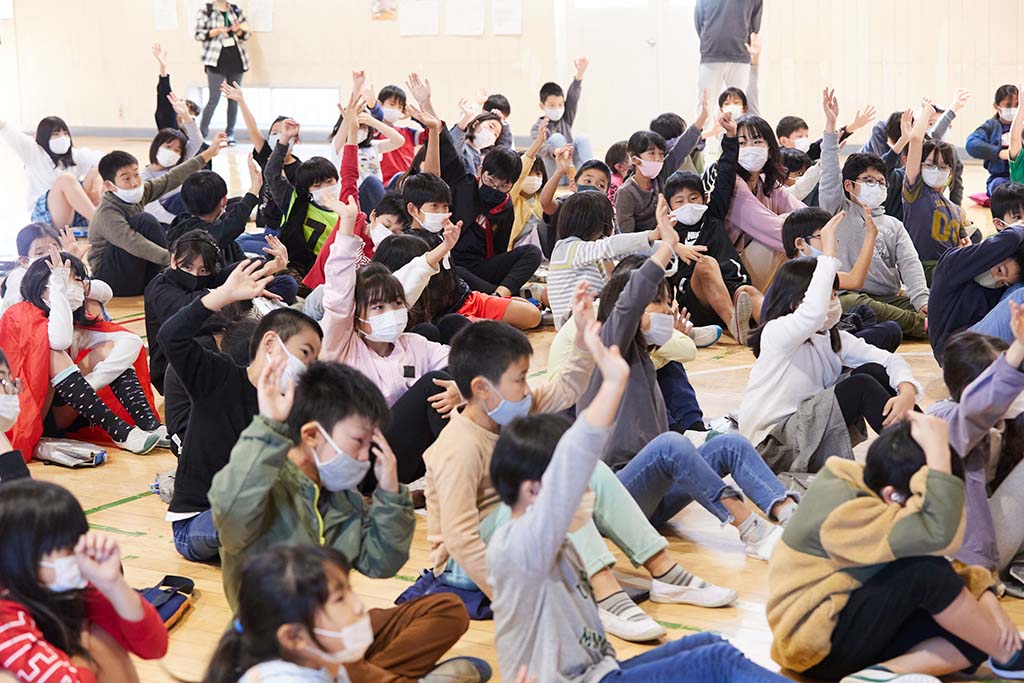
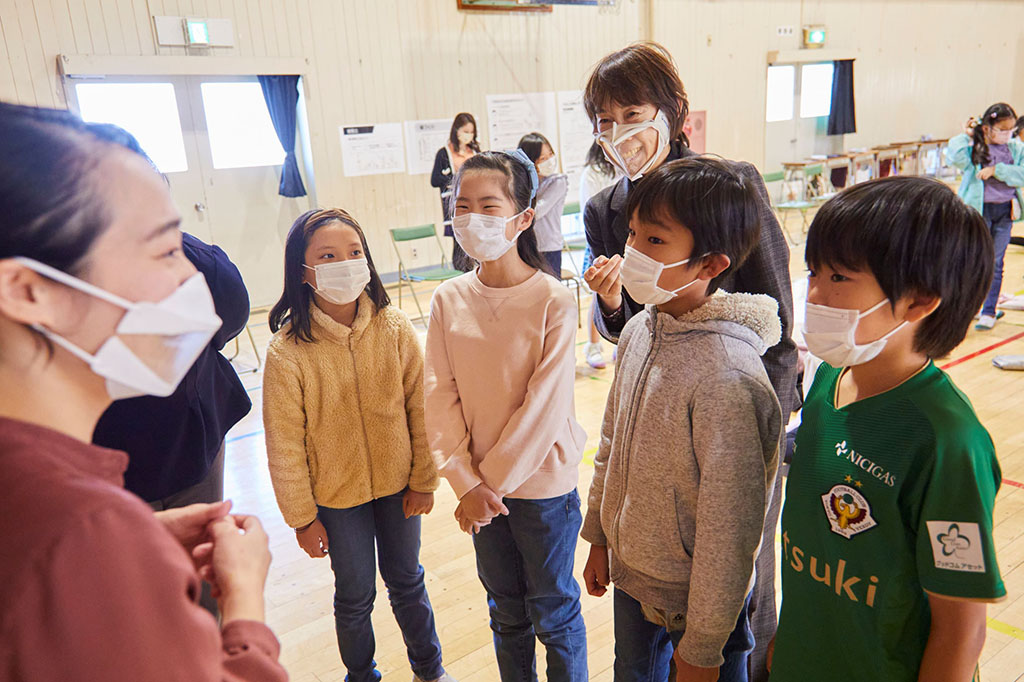
Let’s try SignTown!
For the sixth period, students broke up into groups and tried to use SignTown themselves. The game is set up as an imaginary town where sign language is official language. The user faces the camera and uses sign language to indicate items they need to do things like pack for a trip, find and check in to a hotel, and order in a café, giving the sense of playing a game while learning sign language. The students followed the examples and practiced hard, and showed their delight when their signs were correctly identified. Some students also tried the Hong Kong Sign Language module, and enjoyed practicing sign language in different ways. The session ended with Ms. Kawamata asking the students for their reactions, which included, “I want to learn more about sign language,” and “Being able to learn sign language like I am playing a game is fun!” Ms. Kawamata concluded by saying that she was very happy to watch the students enjoy learning sign language, and reminded them that when they used SignTown on their own, the important points were to set the camera to eye level and to move their bodies and make facial expressions along with moving their fingers.
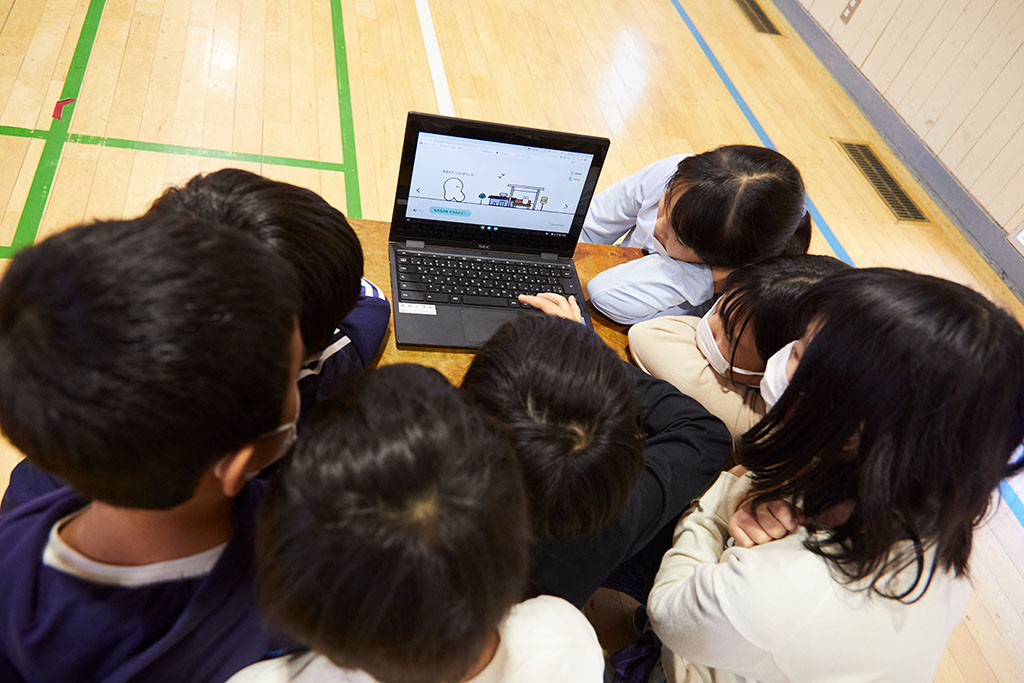

Conclusion
The event gave a sense of possibility for SignTown as a tool for enjoyable, continuous learning, with students saying that they wanted to teach their mothers and use sign language at home. The principal of Wakamatsu Elementary School, Riki Kobayashi , who came up with the idea of using SignTown in class, expressed his hopes for SignTown. “This biggest issue with learning sign language is that there are no learning tools that conform to students’ individual progress and interest. SignTown allows students to learn sign language at their own pace and in settings that interest them, and I believe this will make it possible to teach them while maintaining their interest.”
The Nippon Foundation has long been engaged in a wide range of activities around the world to enable persons with disabilities to use their talents and participate in society. Through SignTown and various other activities, we will continue our efforts to promote sign language going forward. We view the use of SignTown in school education as contributing to the achievement of the Sustainable Development Goals adopted by the United Nations in 2015, as well as our philosophy of “leaving no one behind.”
Related News
Related Link
Contact
Public Relations Team
The Nippon Foundation
- Email: cc@ps.nippon-foundation.or.jp



